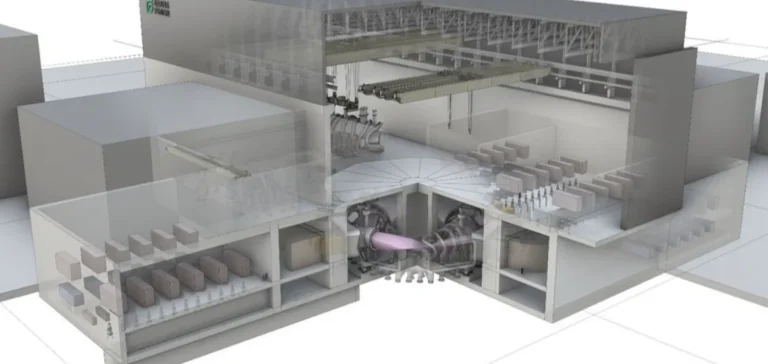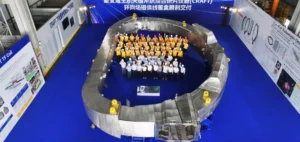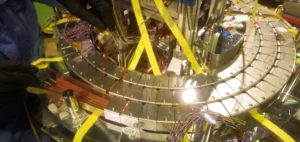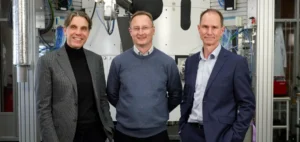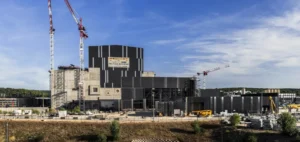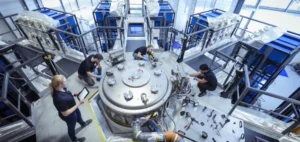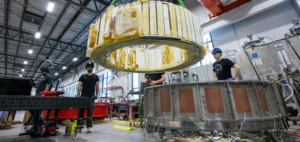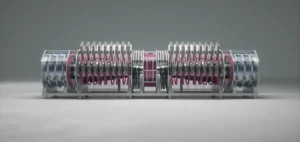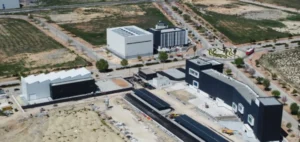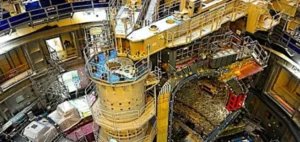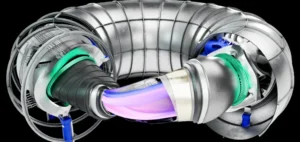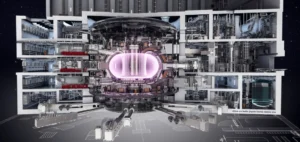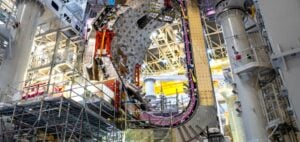Gauss Fusion has presented a design report spanning over 1,000 pages detailing the technical foundations of GIGA, its commercial fusion power plant. The document outlines the critical systems required to build such a facility, including overall architecture, safety, qualification strategy, systems engineering, lifecycle operations, and radioactive waste considerations.
The report was released shortly after the German government announced a €2bn ($2.11bn) funding plan to support fusion development. The company estimates the total cost of the project to be between €15bn and €18bn ($15.83bn–$18.99bn), with a target commissioning date in the mid-2040s. These figures reflect the uncertainties related to first-of-a-kind technologies.
A programme modelled on the aerospace industry
Gauss Fusion is adopting an approach inspired by the aerospace sector, bringing interdisciplinary teams together at a single location to accelerate the early stages of design. This concurrent engineering model is expected to increase efficiency in terms of costs and technical outcomes during the initial development phases.
The strategy is built on active risk and opportunity management, performance indicators, and a milestone-based framework to manage the programme’s progress. The company aims to make GIGA the starting point for a new generation of European fusion power plants through a coordinated industrial effort referred to as “Eurofighter for Fusion”.
Industrial alliances across Europe
The project is supported by a network of industrial and research partners across several European countries. In Germany, Gauss Fusion is working with the Karlsruhe Institute of Technology, Forschungszentrum Jülich, and the Max Planck Institute for Plasma Physics. In France, agreements have been signed with Alsymex, Assystem, and the Commissariat à l’énergie atomique et aux énergies alternatives (CEA).
In Spain, IDOM, also a shareholder of Gauss Fusion, is responsible for engineering the fuel cycle. In Italy, partnerships include the Agenzia nazionale per le nuove tecnologie, l’energia e lo sviluppo economico sostenibile (ENEA), the Italian Consortium for Applied Superconductivity (ICAS), ASG Superconductors, and SIMIC. These collaborations aim to unite industrial and scientific expertise to ensure Europe’s energy sovereignty through fusion.
Detailed engineering phase expected in 2026
The report concludes a three-year conceptual design phase. The next stage will focus on translating this model into a detailed engineering plan starting in 2026, subject to approval by an independent review panel scheduled for January. The Bundesministerium für Forschung, Technologie und Raumfahrt (Federal Ministry for Research, Technology and Space) has played a key role in enabling technologies through public–private partnerships.
Milena Roveda, Chief Executive Officer of Gauss Fusion, stated: “The Conceptual Design Report proves that the technologies, materials, and supply chains required for fusion are within reach.”


